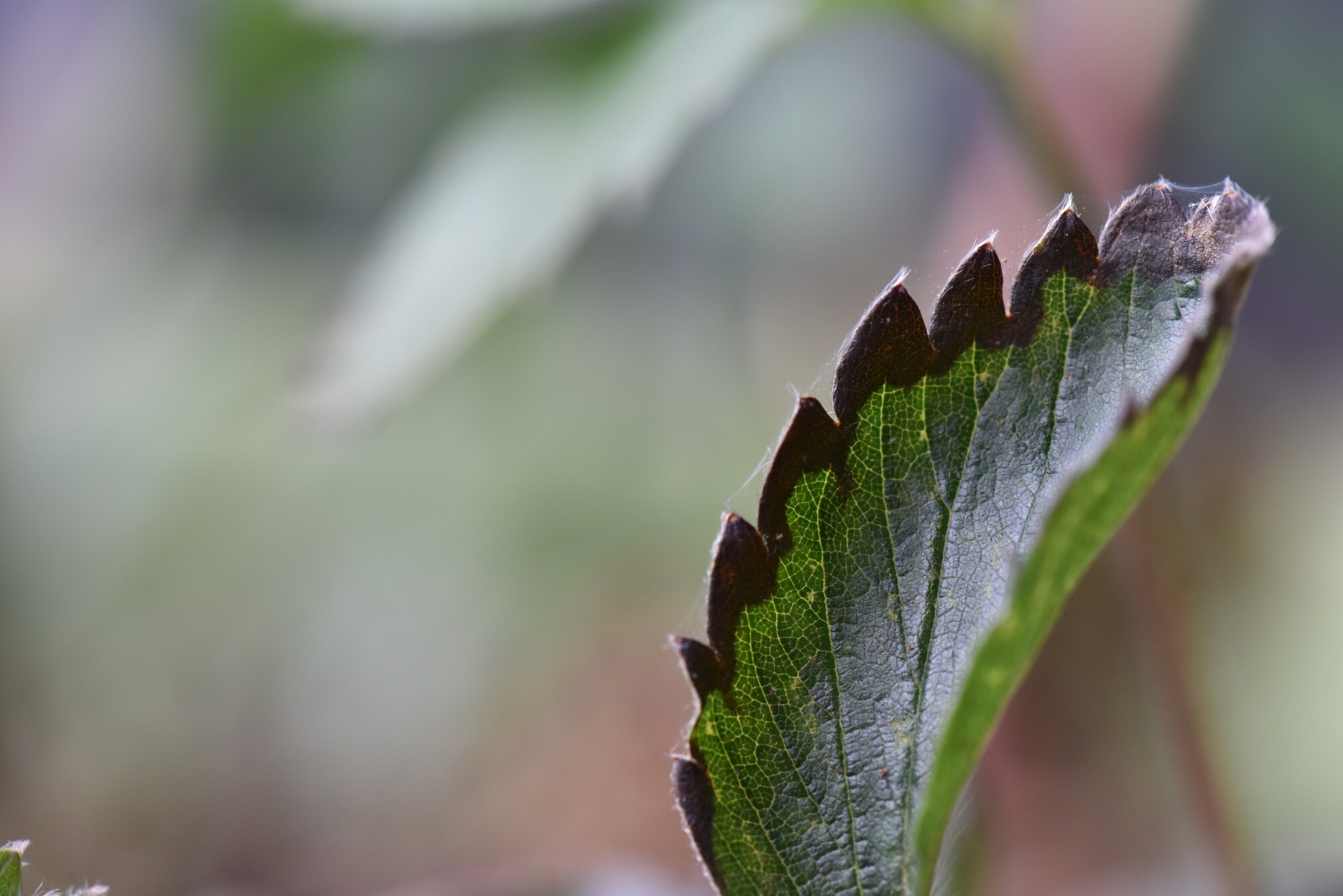What Is the Threat
Anthracnose leaf blight is a fungal disease that can develop in the leaves and twigs of certain shade trees in southern Maryland. The fungus winters in dead twig and bud tissue over the winter and spreads to new plant growth in the spring.
When this occurs, it can cause dark, unsightly spots to develop along the veins of the tree’s new leaves. Those spots can range from light tan to dark red or brown in color and tend to worsen in damp, cool conditions. In severe cases, the infection can lead to widespread defoliation or total leaf loss.
Where Is the Threat
There are two different types of fungi that can lead to Anthracnose leaf blight: Apiognomonia and Discula. Each type affects different tree species, so it’s important to understand the difference between the two.
In southern Maryland, Apiognomonia tends to affect American and California Sycamore trees above any other species, although newer cultivars such as the London Plane Sycamore have been shown to be more resistant. The Discula fungi are more prone to affect Flowering Dogwood trees.
However, these aren’t the only trees that can fall victim to this disease. Other susceptible species include:
- Oak
- Maple
- Ash
- Elm
- Walnut
- Hickory
- Birch
- Linden
Symptoms of Anthracnose Leaf Blight
Anthracnose leaf blight will first appear as dark, irregular lesions on the surface of the tree’s leaves. Often, those lesions are encircled by red edges that join close to one another.
In time, the spots will spread along the edges of the leaf and within its veins. If left untreated, the fungi will completely kill the affected leaf. Then, they will spread down through the leafstalk, or petiole, and attack the adjacent twigs.
This can result in major spring leaf drop, as well as limb dieback. Infected Flowering Dogwood trees can also develop epicormic sprouting in affected areas along their trunk.
The severity of these symptoms hinges on the amount of rainfall in the climate, as well as the temperatures that occur when the buds break and leaves emerge in the spring. Note that leaf drop tends to occur primarily in the spring, when the weather is cool and wet. Specifically, temperatures below 55 degrees Fahrenheit are most likely to increase the severity of this condition.
Infected trees tend to retain their leaves in the fall. In any season, the infection can also make the tree more susceptible to future pests.
What to Do About the Problem
If you suspect that your tree has developed Anthracnose leaf blight, then prompt treatment is key.
If possible, treat your tree in the late summer or early fall, before the infection has time to take hold. If you choose to treat in the spring, then it’s best to do so as early as possible, before new twigs are affected by the traveling fungal spores.
If you live in our around Charles, Calvert St. Mary’s, or Anne Arundel County, our team is here to help. We can recommend a trunk injection treatment that will inhibit fungal cell development while strengthening the tree from the inside out.
NEED HELP?
If you live in Southern Maryland, or Northern Virginia
FIND YOUR SOLUTION HERE
People, Pet & Pollinator Safe! Pest control for people who care.
